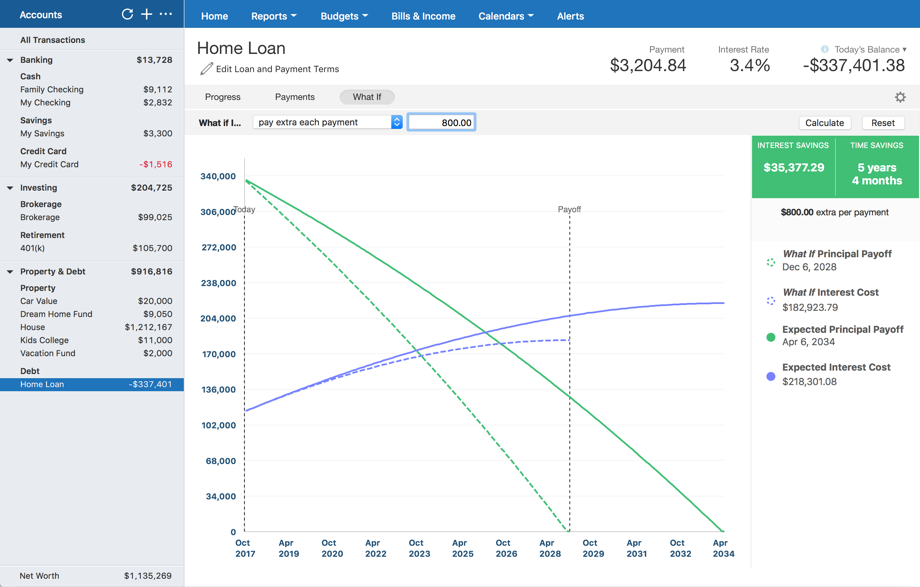
By the time the product actually did go live with pre-orders many, including myself, thought it was too little, too late. But at least this delay was only two months.
#Start up with quicken for mac for mac
This time Intuit released a statement all but admitting that the company had failed at providing the Mac with usable financial software:Īt the same time, Intuit announced Quicken Financial Life for Mac would be available for pre-order from Intuit's site on October 12, 2009. 2010 - four years after the last version of Quicken for Mac came out (2007 was released in 2006). July 2009 came around and, no surprise, Intuit announced it was delaying Quicken Financial Life again, this time until 2010. I was an early tester of the new beta, and it was buggy the user interface looked friendlier than it actually was - in other words, the beta was everything you had come to expect from an Intuit product for the Mac. At Macworld Expo 2009, Intuit previewed a new beta of Quicken Financial Life for Mac and delayed its release again until Fall 2009. Intuit announced that Quicken Mac 2007's sequel, Quicken Financial Life for Mac, would ship in the Fall of 2008.įall 2008 came and went. That aside, the single-window interface was a welcome change. We didn't need glitz when we just wanted to see how much cash we had in the bank. It was 2008 after all, and Cover Flow was the hot new UI element, but this was a finance app. Unfortunately, the UI that Quicken ended up with consisted of a Cover Flow-esque interface.
#Start up with quicken for mac update
Over at Intuit's booth, the company was previewing an anticipated update to Quicken Mac 2007 – one that didn't require Rosetta to run and didn't have an un-Mac-like UI. At Macworld Expo, Steve Jobs had just unveiled the MacBook Air. In November 2009, Intuit made Aaron Patzer VP/GM of Intuit's Personal Finance Group - which left him in charge of Intuit's personal finance offerings, including Quicken for Mac. Intuit recognized that Patzer and his team possessed the much-needed original financial software ideas and UI design mojo to put a spark in their aging products. Luckily, Intuit wasn't like other companies who buy smaller start-ups just to eliminate a competitor. Now, that simple and easy solution had moved to where the users had escaped from.

Mac users wanted to move on from the stale Quicken ecosystem and go with something simple and easy. Many had abandoned Quicken Mac 2007 in favor of. Out of all the negative press, perhaps Mac users could be forgiven for having the most anxiety over the acquisition. I say dismay because many users of Quicken products had been less than thrilled with Intuit's offerings for some time, and some people were concerned what a twenty-year-old company that seemed stuck in its ways would do with a popular user-friendly Web 2.0 startup. To the dismay of many, Mint sold to Intuit in September 2009 for $170 million.


 0 kommentar(er)
0 kommentar(er)
